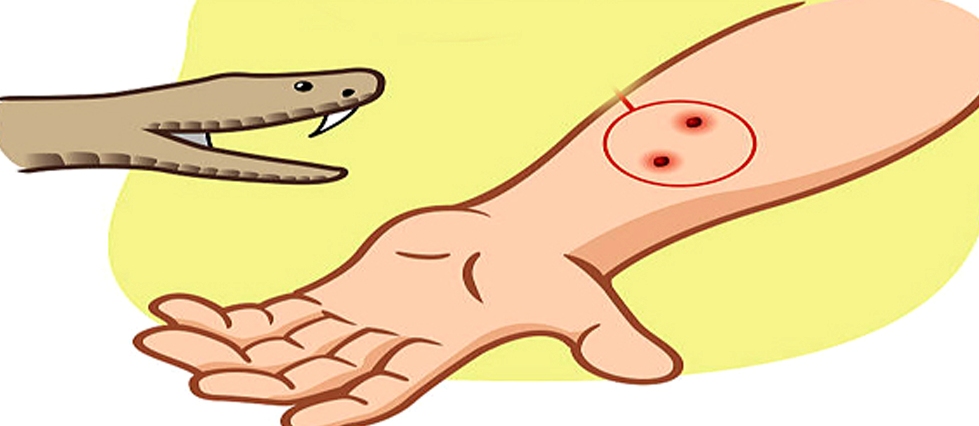Keonjhar: Snakebite cases witness a rise during the rainy season, and while incidents occur throughout the year, many result in fatalities due to venomous bites. Patients often succumb because of delays in treatment, lack of immediate medical attention, unavailability of anti-venom injections, or being taken to unqualified practitioners (quacks).
Although the government has launched awareness campaigns, the number of snakebite deaths remains high. Experts say that if people are better informed about first aid, ensure immediate medical care, and have access to adequate anti-venom supplies, fatalities could reduce significantly. Discrepancies in official snakebite death data have also come to light. The figures are collected by Health department, Sthe pecial Relief Commissioner (SRC), and Revenue department.
However, the alleged lack of coordination between the authorities has led to conflicting numbers and disputes over compensation. At a recent workshop organised by the Forest department in Keonjhar, Odisha Snake Helpline volunteers raised concerns over the data mismatch and called for an inquiry.
Also Read: Two die of snakebites in Odisha’s Sundargarh district
Citing figures from different departments and official websites, they pointed out that the legislative data presented by the Revenue minister for 2023- 24 and 2024-25 do not match the SRC’s Annual Report on Natural Calamities. For instance, the SRC’s 2023-24 report states that 75 people died of snakebites in Keonjhar district, and 57 families received compensation.
However, the Revenue minister’s data claim 77 deaths and 62 compensation cases for the same period. Statewide, the Revenue minister’s legislative report showed 134 more deaths and higher compensation payouts than the SRC’s figures for 2023-24.
According to the volunteers, the SRC reported Rs 29.20 crore disbursed in compensation, while the Revenue minister’s data cited Rs 40.88 crore — a difference of Rs 11.68 crore. “This discrepancy, especially considering the funds come from government revenue, must be thoroughly verified,” said one of the volunteers.
His remarks during the Keonjhar workshop reportedly surprised officials from various departments, including those involved in snake rescue operations. They also warned that without proper inter-departmental coordination, there is a risk of fraudulent compensation claims, as has allegedly happened in other states.
The inconsistency in the 2023-24 data has raised concerns about the credibility of the 2024-25 legislative data presented in the Assembly. Keonjhar CDMO BB Mishra said that anti-venom is administered to patients and those in critical conditions are referred to larger hospitals. “If they die, they are cremated, and the details are recorded,” he said.
Additional District Magistrate (Revenue) Rabindra Kumar Pradhan said a study would be required to determine the reasons behind the discrepancies in death counts across departments. Currently, the state offers Rs 4 lakh in compensation for snakebite deaths, but this amount is being questioned.
Since snakes are considered wild animals, Snake Helpline argues that compensation should be on par with deaths caused by other wild animals, which warrant Rs 10 lakh in compensation. The volunteers have also urged the government to mandate that the first four days of treatment for snakebite victims be provided free of charge, even at private hospitals.
While government hospitals do offer free treatment, he emphasised the importance of ICU care to increase survival chances. “Spending Rs 50,000 on ICU care could save a life and prevent the need to pay Rs 4 lakh in compensation,” they said, adding, “It’s both economically and morally sound.”
Meanwhile, Dr Sudipta Ranjan Singh, Professor of Forensic Medicine at AIIMS Bhubaneswar, highlighted the medical challenges in treating snakebite victims. “Many deaths occur during transportation within the referral system. Many victims fail to receive treatment during the golden hour,” he said.
“Neurotoxic envenomation, mostly from cobras, leads to rapid death. Victims rarely reach tertiary healthcare facilities in time. Mechanical ventilation is often needed for cobra and krait bites. Only timely admission to ICUs with ventilator support can save the victim. Any delay compromises survival,” he added.
PNN

